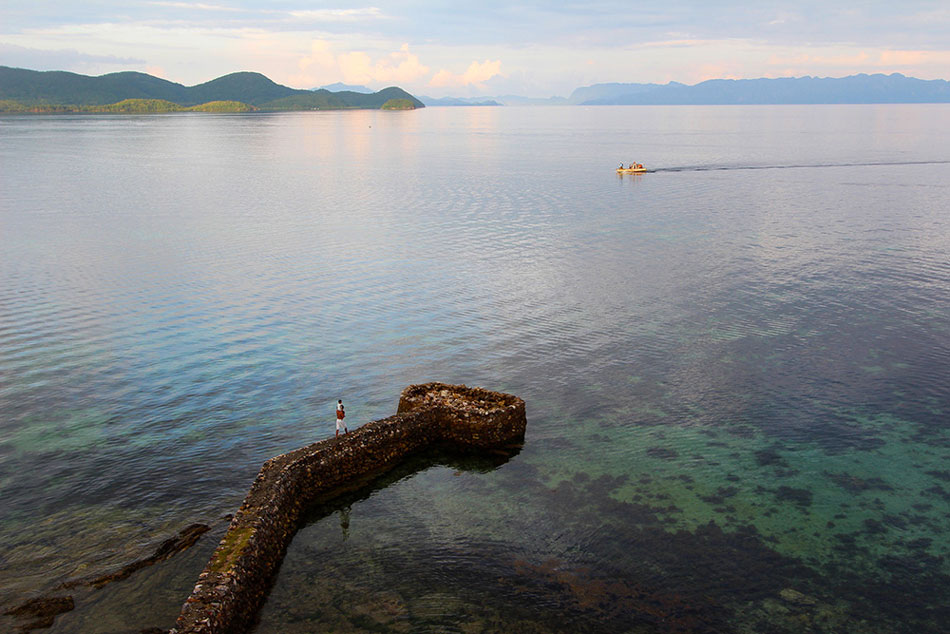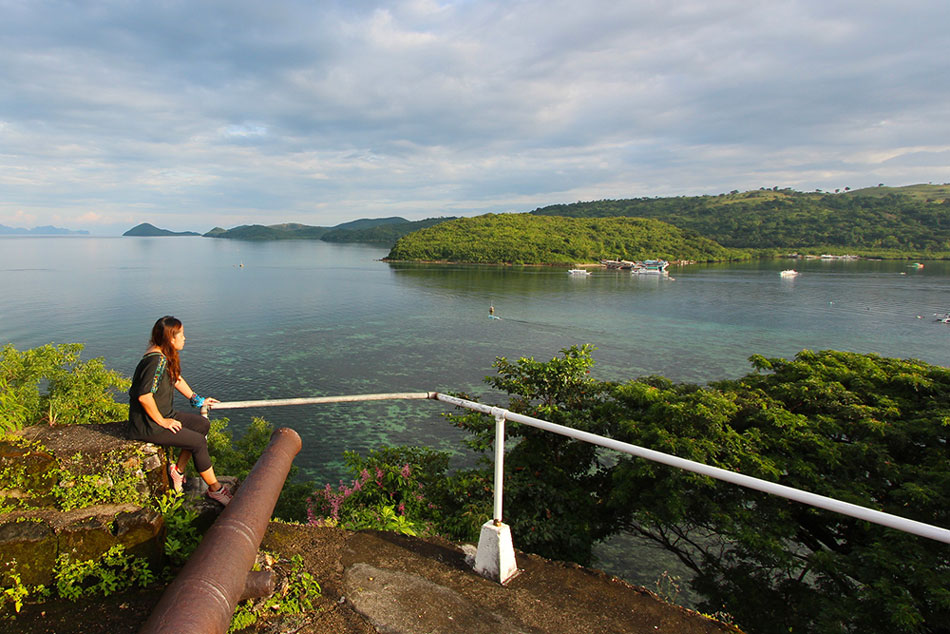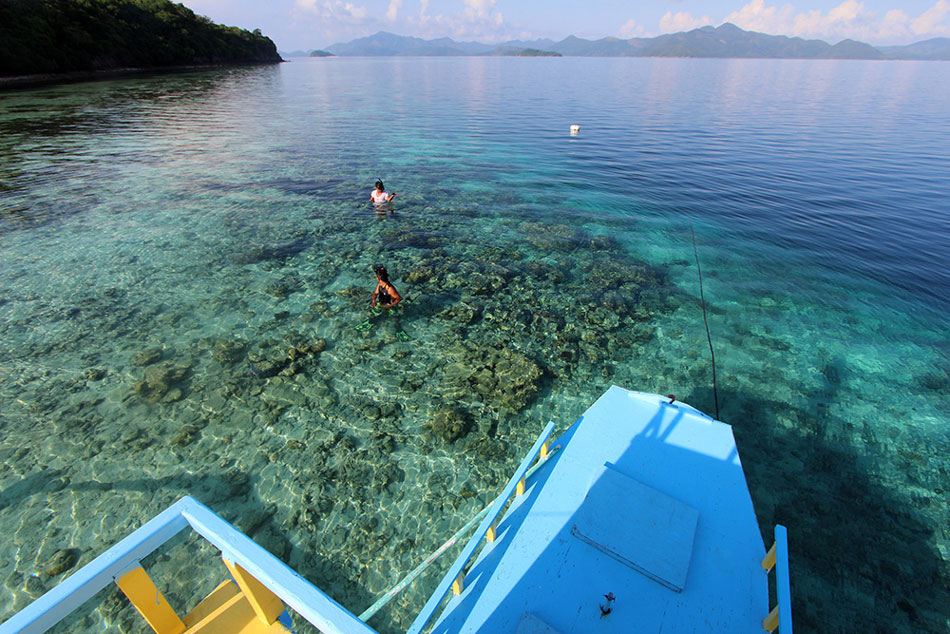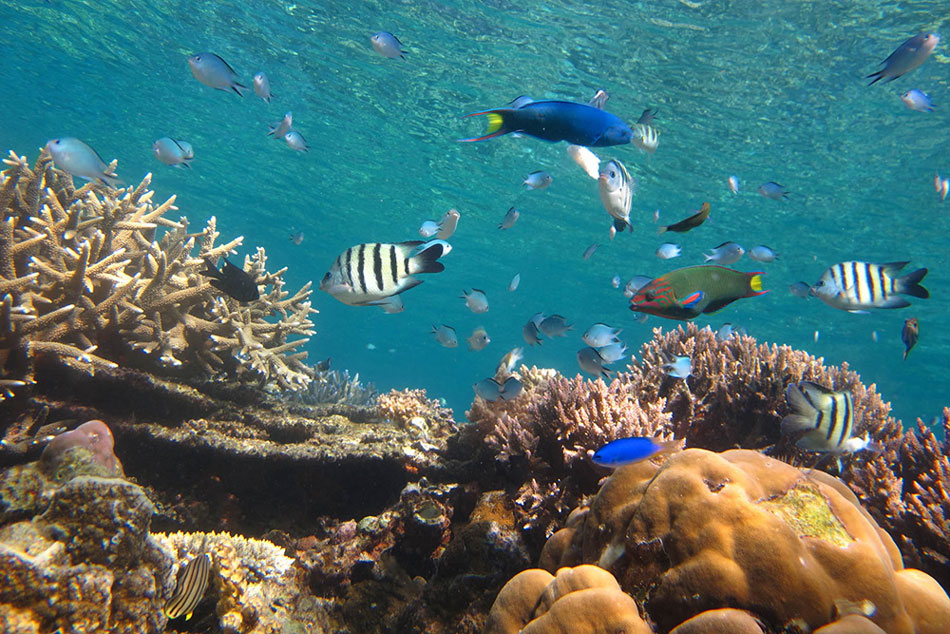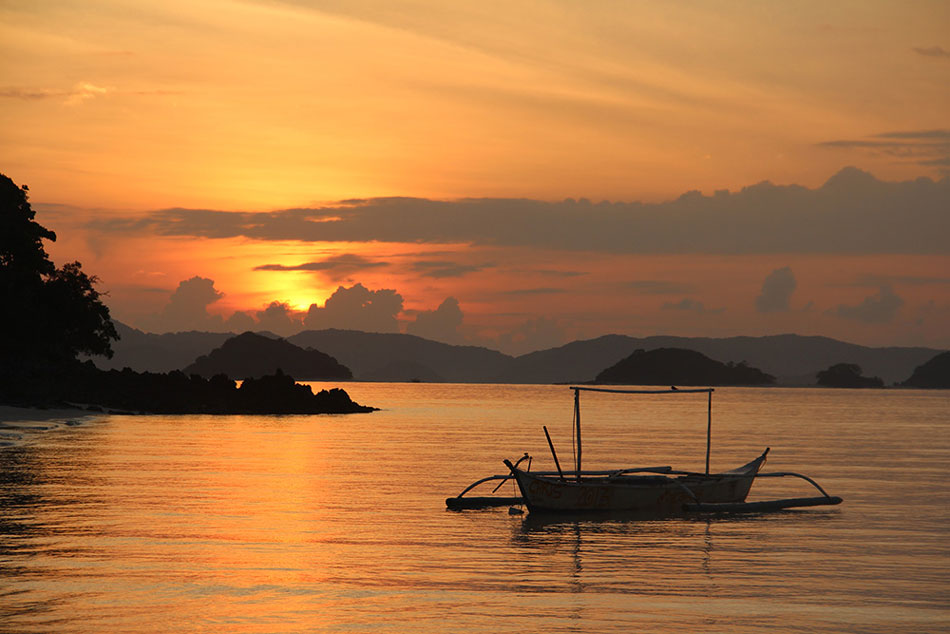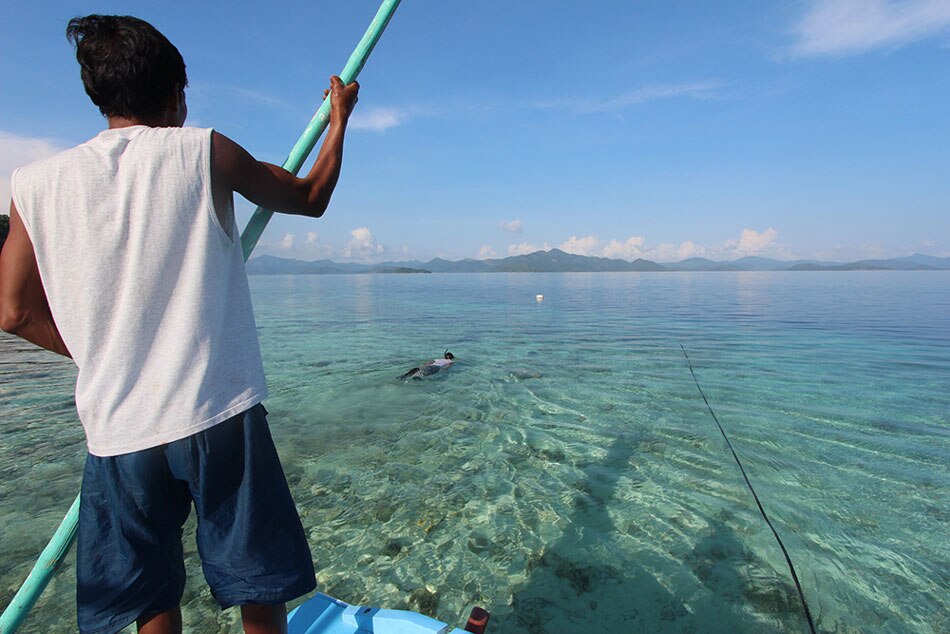5 reasons Culion in Palawan deserves your attention
It may be the last quarter of the year before the busy Christmas season, but the weather lately feels more like summer is in full swing. The months of October and November are some of the best to enjoy beach vacations in the country.
With tourists flocking to the most popular spots, it can be hard to find a beach where you can enjoy peace and serenity, especially in Palawan.
For those looking for an off-beat destination, here are some reasons why Culion, dubbed Palawan’s Last Frontier, should be on your bucketlist.
1. Fascinating history
Culion is part of the Calamian group of islands situated at the northern part of Palawan. Long overshadowed by popular tourist hotspots like Coron and El Nido, Culion offers a different kind of destination.
Located inside the compound of the town’s hospital and sanitarium, the Culion Museum and Archives houses the most detailed and significant information about the establishment of the leprosarium in the island in 1906 up to the development of the cure, the multi-drug therapy, in the 1980s.
Formerly a leprosarium, Culion remained isolated to the outside world for over a century. The leper colony was established in 1906 and patients from different parts of the Philippines and hospital staff were brought to the island and placed under quarantine. The cure for leprosy was developed in the 1980s and the island has been declared leprosy-free by the World Health Organization (WHO) since 2006.
The history of Culion as a leper colony can be traced back to May 27, 1906, when Coast Guard cutters Polillo and Mindanao docked along the shore of Culion and carried 370 Hansenites (lepers) from Cebu. Most of them were brought here against their will. Some of them would later embrace a life of normalcy in this town, specifically designed for their betterment and the search for better treatments. Many of the devices, medicines, and even the mundane items that patients and health workers used are on display, providing a glimpse to the milestones and setbacks of Culion as a sanctuary for what many used to dub the “living dead.”
The museum building has two stories, both open to the public. The artifacts on the ground floor narrates the history of the island, describes the lifestyle of the patients, and explains the disease in great detail. Here are some of the most interesting items inside.
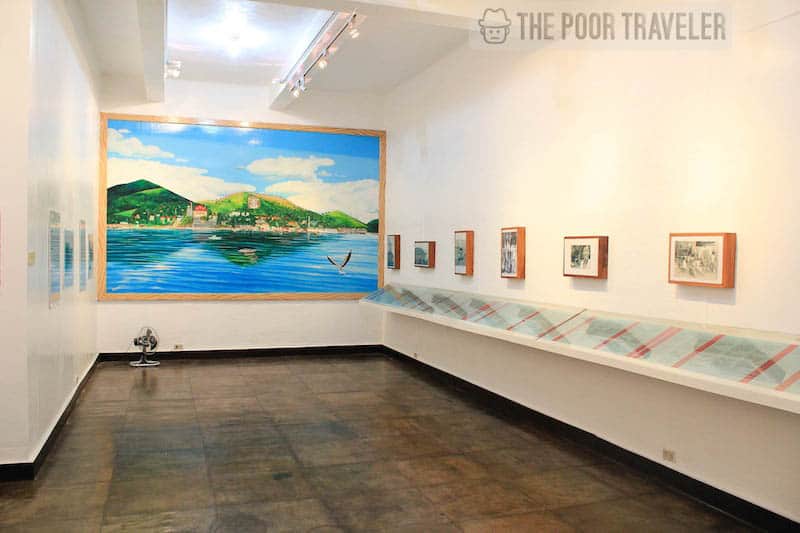
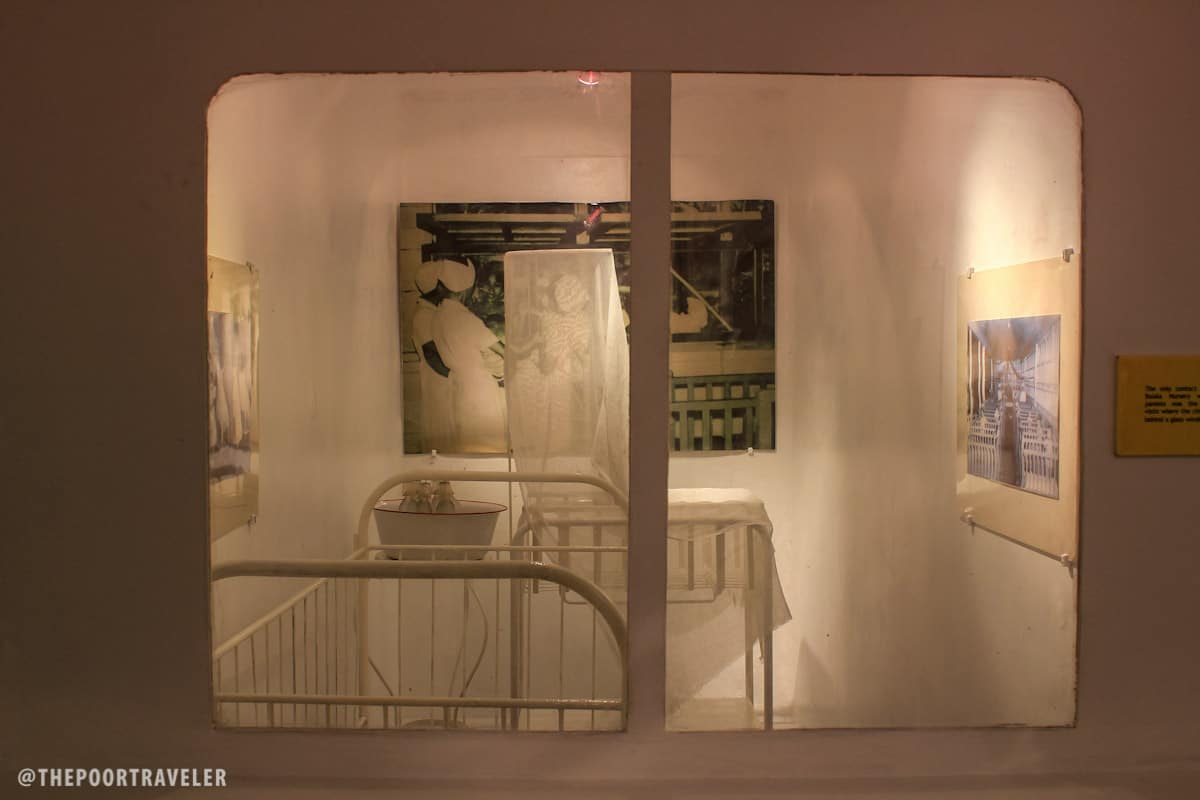
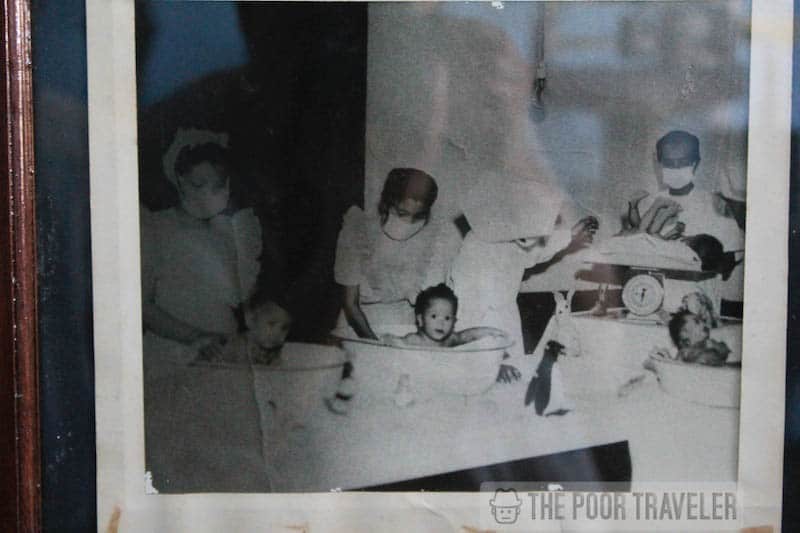
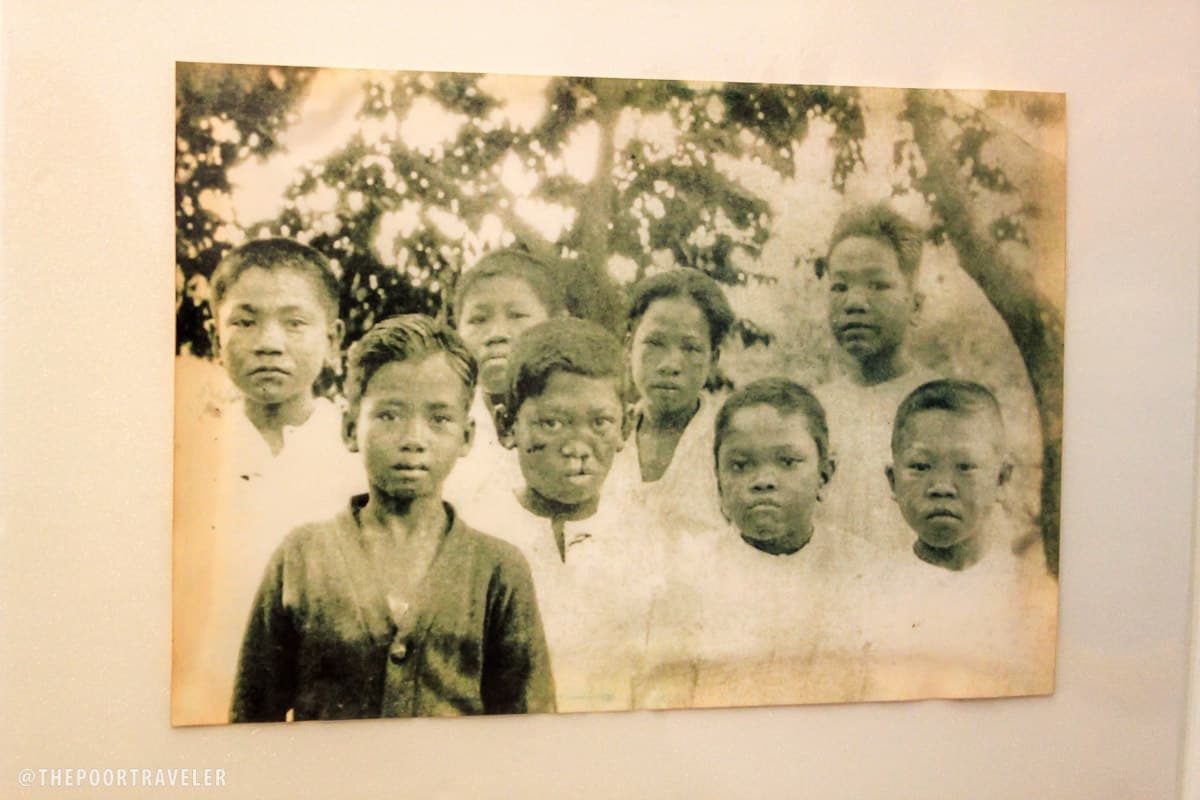
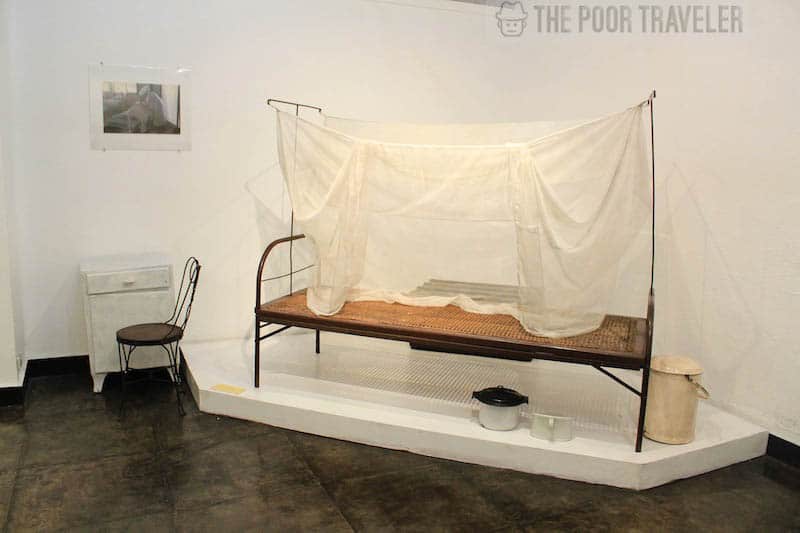

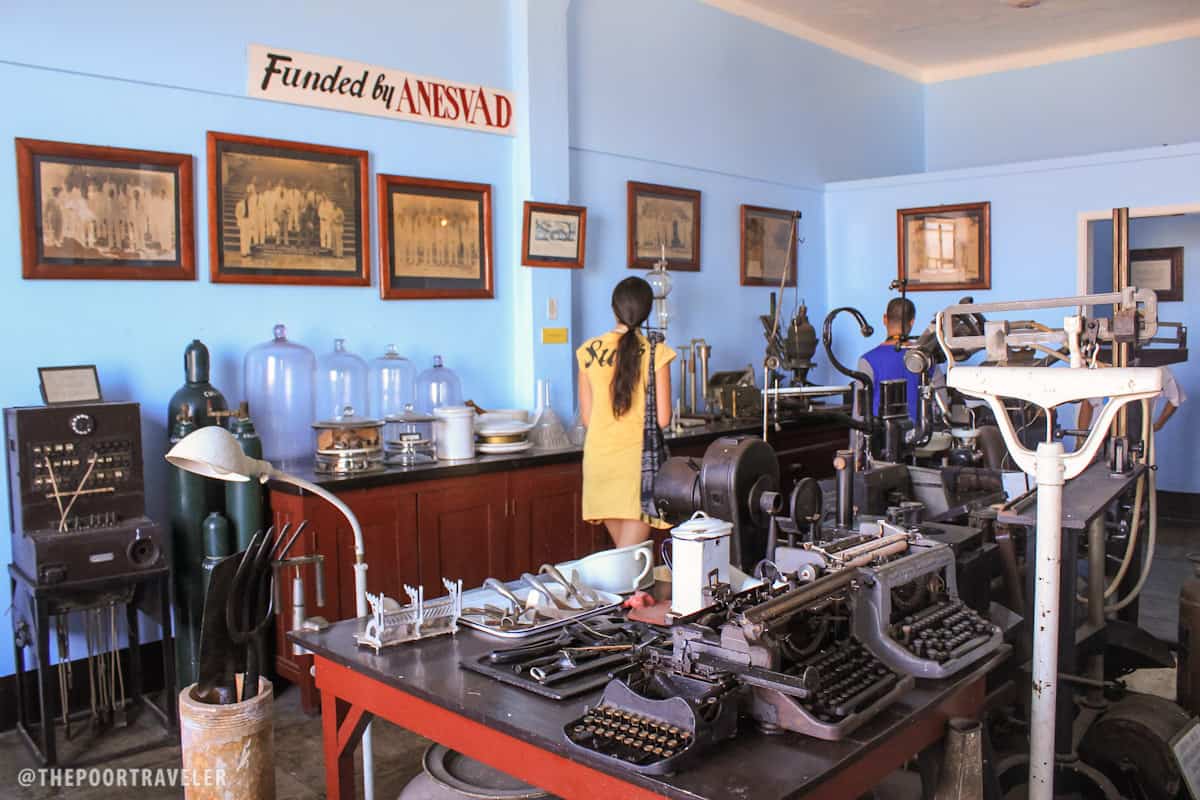
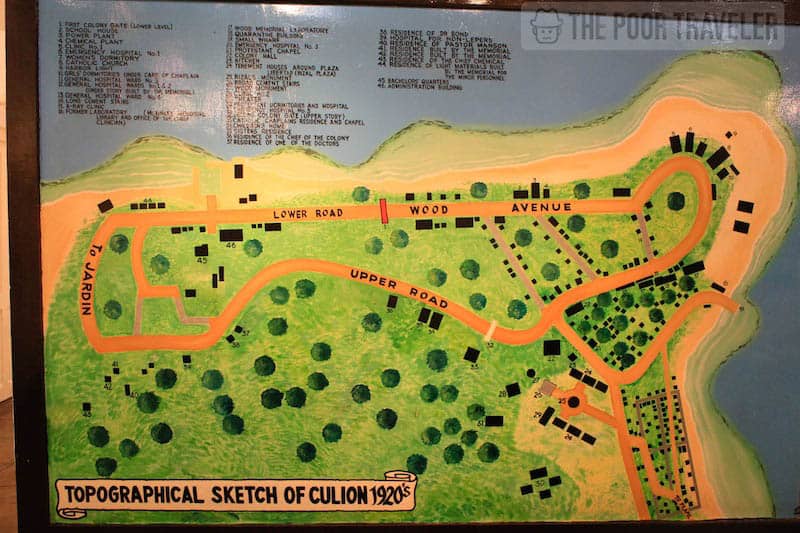
The upper level highlights a memorial honoring the brave men and women — physicians, nurses, pharmacists, priests, pastors, and technicians — who “had answered the call of duty and had served the leprosy patients with utmost love, dedication, and care.”
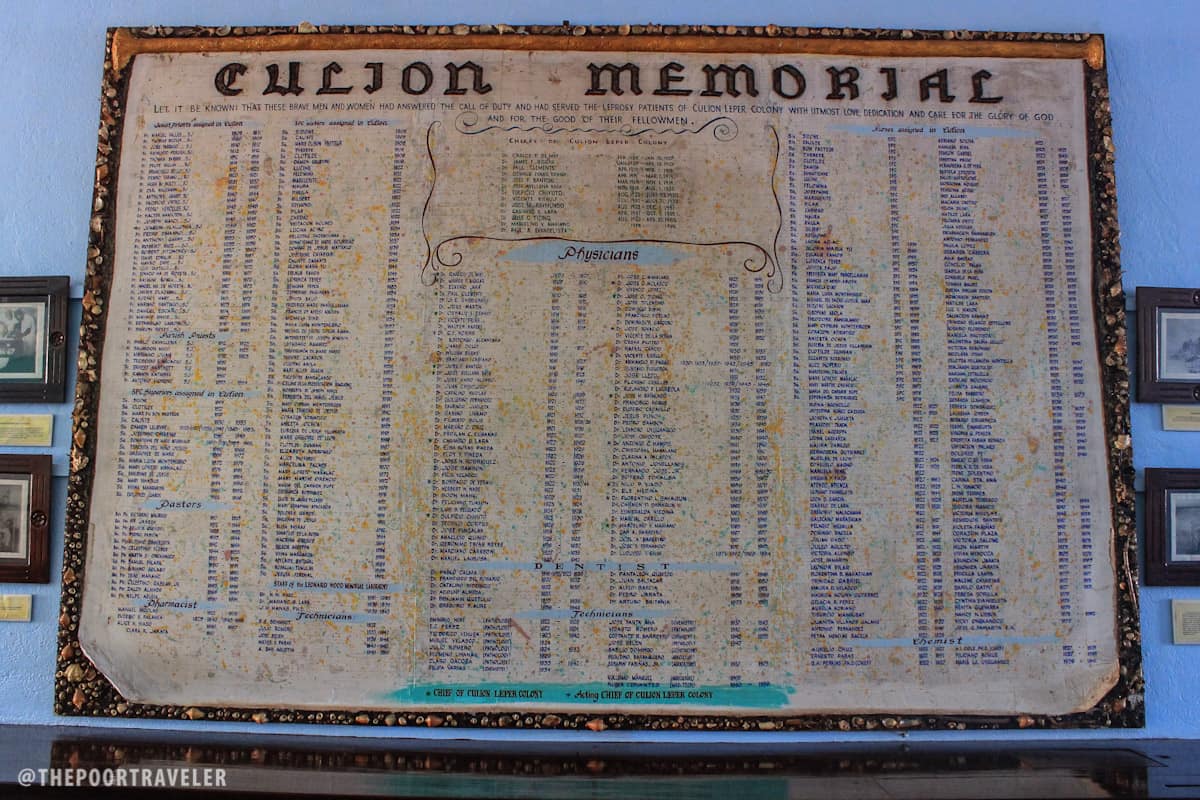
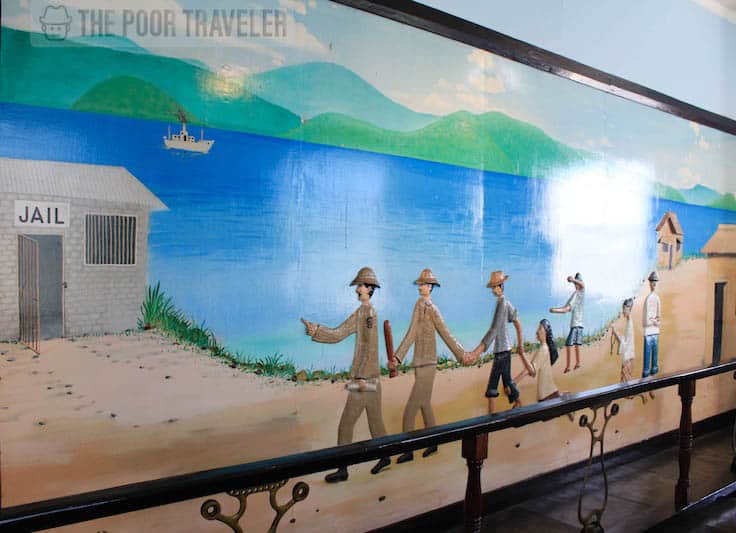
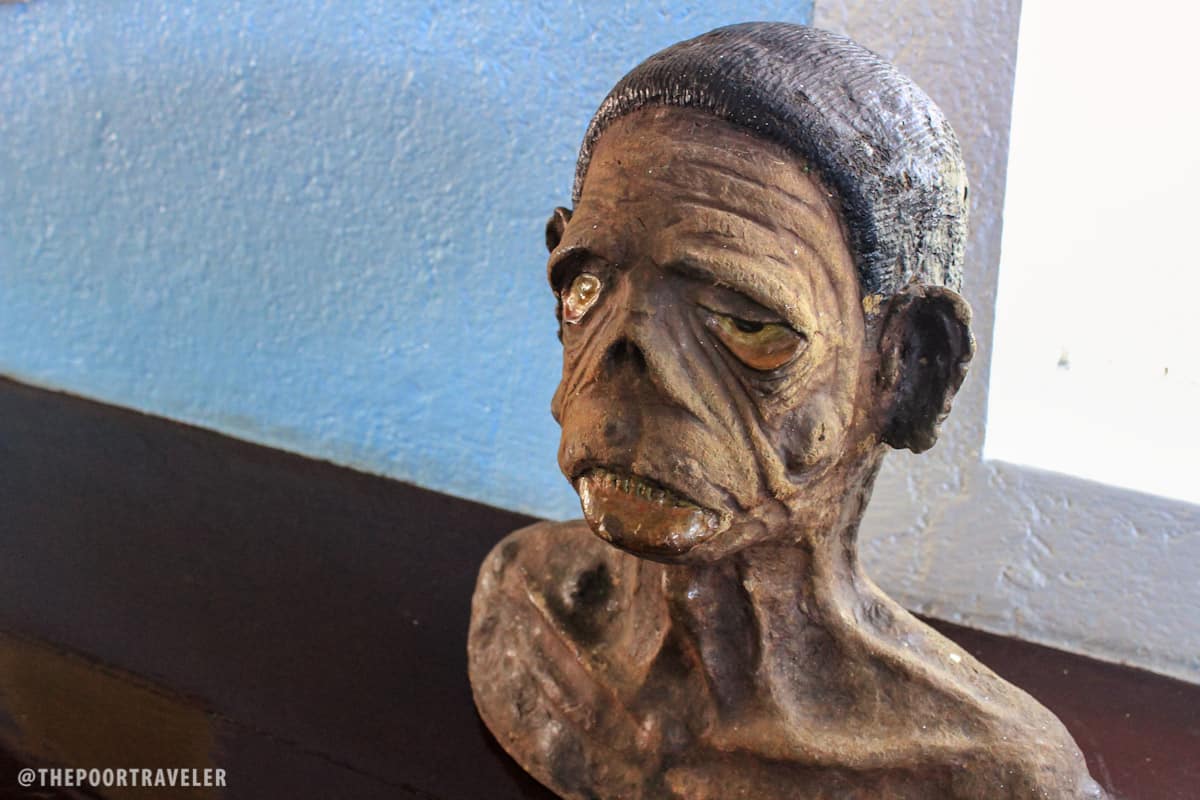
When we came full circle, a sign that the tour inside the museum had ended, I could not help but feel thankful for this opportunity. Within the best of my ability, I tried to understand leprosy and the life that sprung out here, although by force in the beginning. The most memorable part of the tour was when my friend Mica spotted a photo of his great grandfather, one of the major movers in the field of leprology, posted on the wall. His contributions to the quest for the cure was honored. It was the reason we made a trip to this unusually fascinating town.
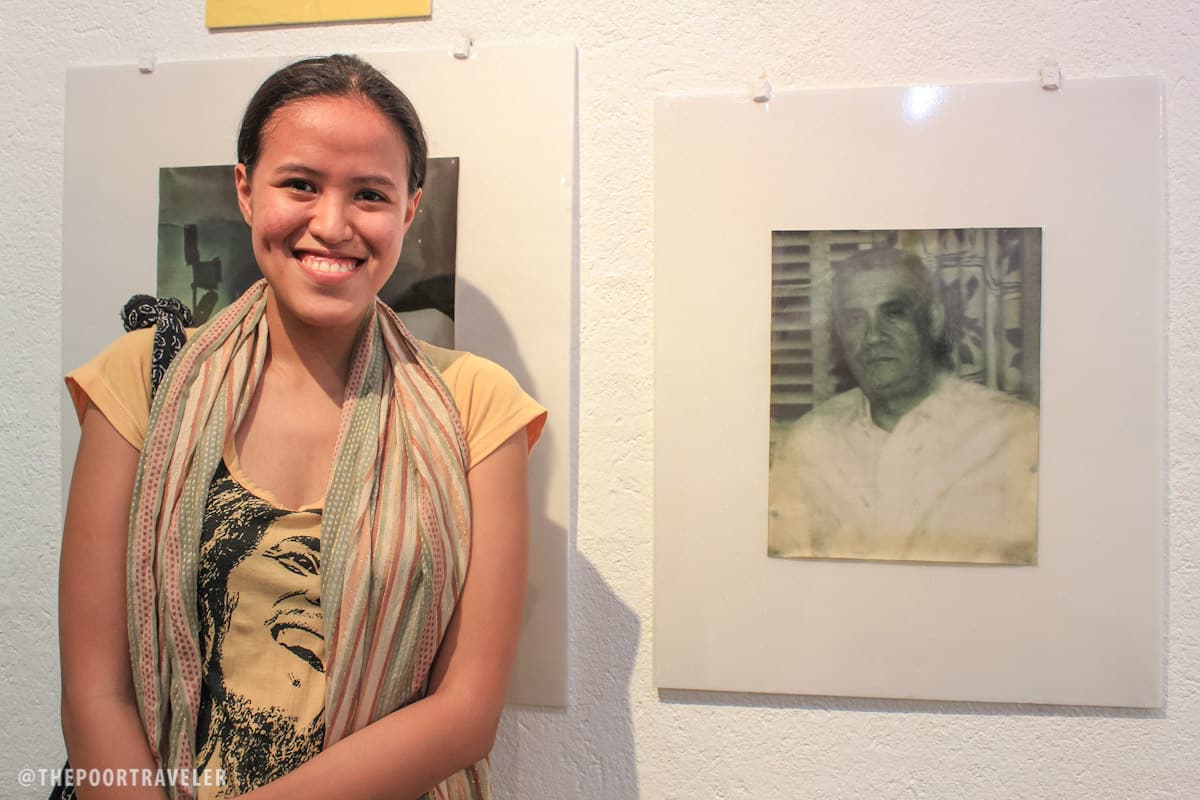
And right at that moment, I realized that all of us represent a certain sector of the modern society of Culion. There was my friend Mica, a descendant of a doctor who helped find the cure to the illness; Jona, a descendant of a leprosy patient who chose to stay; Kuya Toto, an outsider who moved to Culion recently to live there permanently; and then there was me, a tourist.
Well, I’m not a descendant of anyone relevant but I was there to learn about the island and its constant struggle through the decades. The days of the island being a leper colony are gone and a new era is coming — Culion as a tourist destination. And while thousands of islands in the country are blessed with natural beauty, Culion has a compelling story to tell. And it’s one that needs to be heard.
Culion has several historical sites of interest, including the Culion Museum & Archives which provides a glimpse of the painful yet hopeful history of the island and its people, 17th-century La Inmaculada Concepcion Church and the remains of Fort Culion, which offers an excellent vantage point of the town and surrounding islands.**
**article taken from the Poor traveler
With the island’s rich history and raw, natural beauty that has remained untouched for decades, Culion is ready to emerge from its dark past. This mysterious island will appeal to curious travelers looking for a memorable destination.
2. Underwater paradise
One good thing that came out of the island’s long period of isolation is that natural sites in Culion have remained pristine and unexploited. Culion offers some of the most surreal and remarkably preserved underwater landscapes for snorkelers and divers.
Three ecosystems sustain the rich marine life of Culion including mangroves, seagrass, and corals. Culion offers some of the most spectacular snorkeling sites in the country. Culion’s marine parks including Buyang Lutang, Punta Dinamita and Crowning Glory Reefs are among the best in the country.
Crowning Glory Reef is a Marine Protected Area (MPA) with amazingly clear and shallow water leading to rainbow colored corals and schools of fish. Sea turtles and dolphins also have been spotted in the area. From Culion, boat trips to wreck diving sites that popularly associated with Coron like Lusong shipwreck are easily accessible.
3. Beach camping
When going on day trip island-hopping tours, the time you actually spend on the beach usually gets limited because of the number of islands you need to visit and the long boat travel time in between. Tours from Culion allow visitors to access some remote islands which are not usually included in package tours and stay longer or camp out overnight.
Instead of heading back to the poblacion for the night, overnight beach camping trips can be arranged making your visit more relaxing. Imagine falling asleep with just the sound of the waves and waking up to gorgeous sunrises.
4. Peace and serenity
In an increasingly fast-paced world, Culion still offers that feeling of remoteness, isolation, peace and the back-to-basics island life that everyone craves for once in a while. City folk can go off-the-grid, learn how to fish the traditional way, reflect and just recharge from the urban grind.
Travelers who want to head to a meaningful destination away from beach parties and karaoke bars might want to consider Culion.
5. Meaningful journey
Aside from than the place itself, what makes Culion special is the genuine community spirit and hospitality of the people. I’ve found that in more remote and rarely visited places, it’s where visitors are genuinely welcomed by locals. Many of the island’s older inhabitants were cast off by their families onto the island and have lived most of their lives on the island so they welcome interactions with visitors.
Kawil Tours (The Coron-Culion Palawan Expeditions), the only Culion-based tour operator, works with locals from the island in operating historical, cultural and island-hopping tours there.
CULION HeliTOURS- Php 40,000.00 per trip (3 passenger max) *Takeoff from Coron Helipad
Take flight and relish the beautiful islands with an option of up to 1 1⁄2 hrs ground time to walk through and be amazed of the historic sites and museum of Culion town.
Inclusion: Museum Entrance Fee & Tour Guide Max. of 3 passengers/trip

